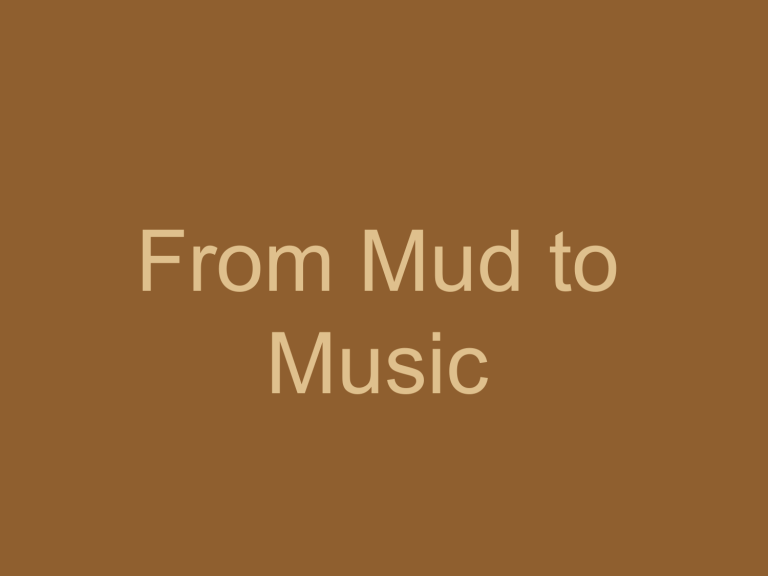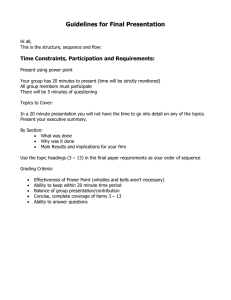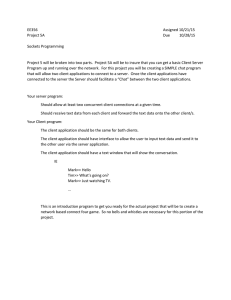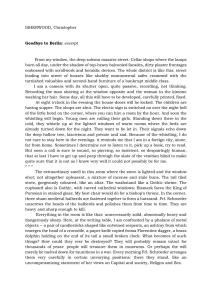Ancient American Whistles: Ocarinas & Zoomorphic Instruments
advertisement

From Mud to Music Ocarinas • Range in size from small to large, often many holes, shaped like a sweet potato Whistling Vessels • Tones are tuned to create a vibration that triggers an out-ofbody experience • Often played in a group with several other whistles Zoomorphic Whistles The artisans of ancient America had a great affinity for the natural world. Combining fanciful charm with a keen observation of nature, they captured the essence of the flora and fauna around them. Here, the armadillo indigenous to Central America is rendered with a few quick lines and an endearing attitude. This particular deity appears to be a jaguar God; though his mouth is open with protruding tongue, this is most likely a gesture of benevolent protection, meant to frighten away evil. Traces of bright blue pigment still adorn this whistle, blown during religious festivals. Its rich, melancholy tone evokes the glories of a fantastic vanished world. How Whistles Work • The vibration that occurs when air flow is interrupted creates a whistling sound. In the example below, the air is blown forward, channeled around and back up and out the hole above. The streams of air crossing creates the whistling noise.





